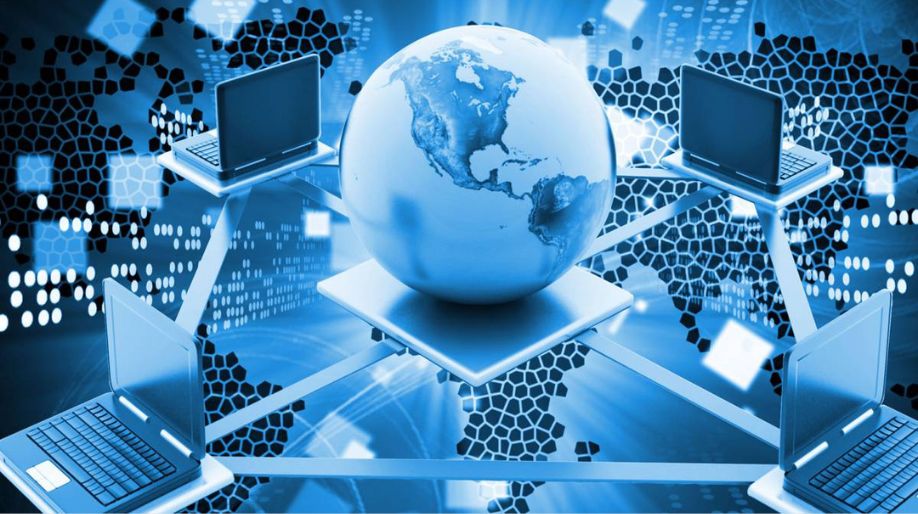Introduction to the Internet

The Internet is a vast and interconnected network of computers worldwide, enabling the exchange of information, communication, and the sharing of resources. It has become an integral part of modern life, revolutionizing the way people access and disseminate information, communicate, conduct business, and interact with the world.
Here's a brief introduction to the key aspects of the Internet:
Definition: The Internet, short for "interconnected networks," is a global system of interconnected computer networks that use standardized communication protocols. It allows computers and their users to communicate with each other across geographical distances.
History: The origins of the Internet can be traced back to the 1960s when the U.S. Department of Defense's ARPANET project laid the foundation for a decentralized communication network. Over the decades, the Internet evolved and expanded into a global infrastructure that transcends national boundaries.
Infrastructure: The Internet infrastructure consists of a vast network of physical and wireless connections, including fiber optic cables, satellites, and other communication technologies. Data is transmitted between devices using standardized protocols such as TCP/IP (Transmission Control Protocol/Internet Protocol).
World Wide Web (WWW): The World Wide Web, often referred to as the "web," is a subset of the Internet. It is a system of interlinked hypertext documents and multimedia content accessed via web browsers. The web enables users to navigate between web pages and interact with content through hyperlinks.
Browsers: Web browsers, such as Google Chrome, Mozilla Firefox, and Safari, allow users to access information on the web. They interpret HTML (Hypertext Markup Language) and display web pages, providing a user-friendly interface for navigating the Internet.
Email: Electronic mail, or email, is a widely used communication tool on the Internet. It allows users to send and receive messages, documents, and multimedia content quickly and efficiently.
Search Engines: Search engines like Google, Bing, and Yahoo enable users to find information on the web by entering keywords. They index and rank web pages based on relevance to user queries.
Social Media: Platforms like Facebook, Twitter, Instagram, and LinkedIn facilitate social interaction and the sharing of content. Social media has become a powerful tool for communication, networking, and information dissemination.
Online Services: The Internet provides a platform for various online services, including online banking, e-commerce, streaming media, cloud computing, and more. These services have transformed traditional industries and business models.
Challenges: The Internet also presents challenges, including issues of privacy, cybersecurity, digital divide, and the spread of misinformation. Efforts are ongoing to address these challenges and ensure a safe and inclusive online environment.
The Internet's impact on society has been profound, fostering global connectivity, collaboration, and the democratization of information. It continues to evolve, shaping the way people live, work, and interact in the digital age.
Thank you.
